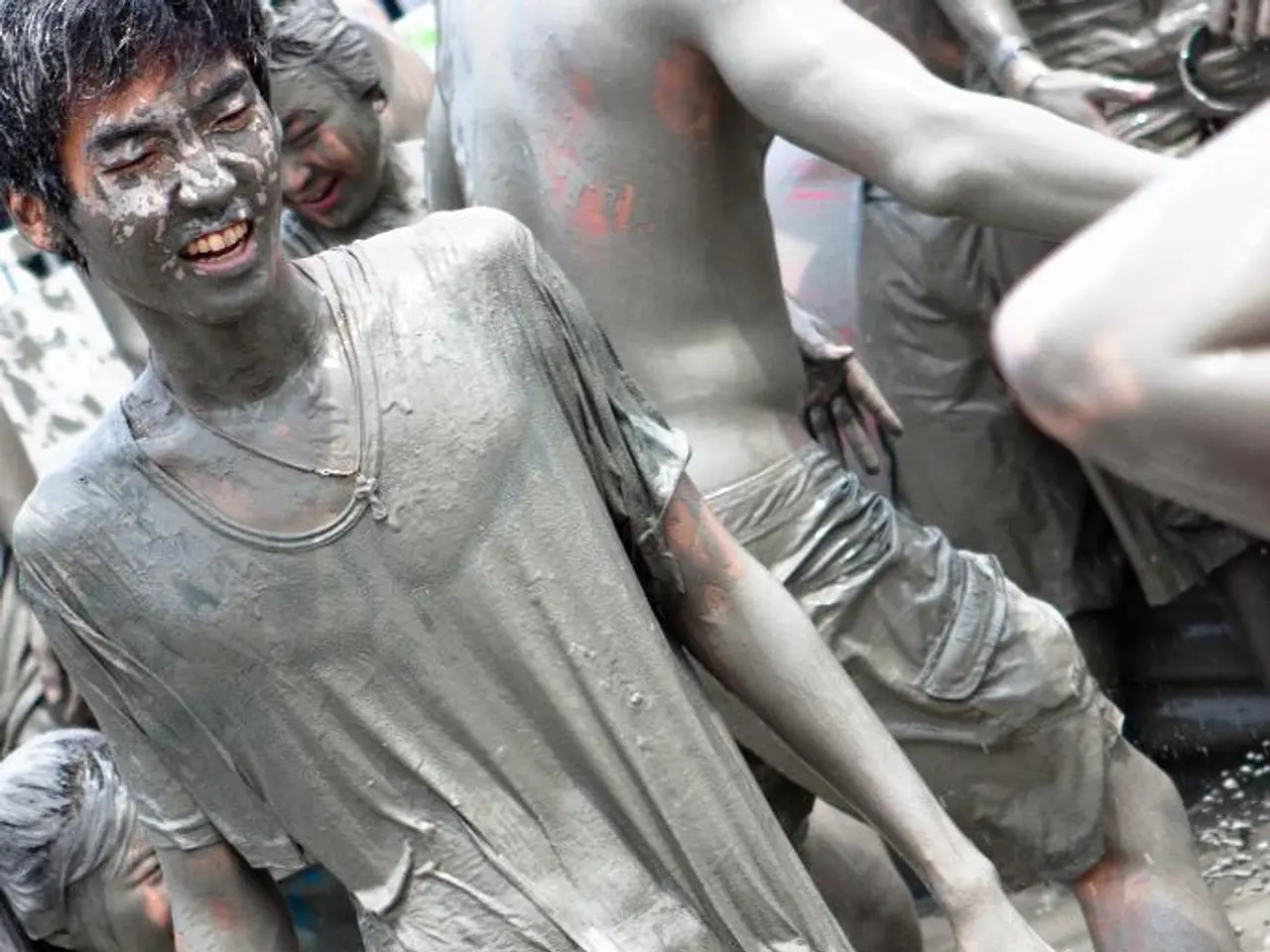The Roots of Awkwardness: Investigating the Social and Psychological Basis of Awkwardness and Discomfort
Embarrassment, a universal emotion experienced by individuals across different cultures and societies, is a complex phenomenon shaped by intertwined psychological, social, and cultural factors.
Psychological factors play a significant role in the experience of embarrassment. Self-esteem and internalized feelings of shame often underpin embarrassment, with perceived failures to meet personal or social standards intensifying the emotion. This can be particularly pronounced in individuals with low self-esteem, who may have developed this trait through early experiences of criticism or conditional love from close relationships. The internal belief of being "not good enough" fuels embarrassment as a self-conscious emotion. Additionally, biological predispositions such as innate sensitivity or anxiety can increase vulnerability to embarrassment [1][2].
Social factors also contribute to the triggering and amplification of embarrassment. Interpersonal relationships and societal feedback are at the heart of this aspect. Embarrassment is often triggered when a person feels judged, rejected, or compared unfavorably to others. Experiences like bullying, toxic relationships, or social failure reinforce feelings of shame and embarrassment by highlighting one's social shortcomings. Increased self-awareness and fear of negative evaluation in social interactions, especially in people with social anxiety, also heighten embarrassment and its physical manifestations, such as blushing [1][3].
Cultural factors deeply influence the norms and meanings attached to embarrassment and shame. Cultures vary in their emphasis on guilt versus shame as mechanisms of social control. For example, "shame cultures" prioritize public image and fear of disgrace, making embarrassment more about losing face socially, whereas "guilt cultures" focus more on internal moral conscience. This cultural framing shapes how embarrassment is experienced, expressed, and regulated. Additionally, cultural norms affect whether emotions like embarrassment are openly acknowledged or hidden, impacting psychological responses and behavior [2][4].
Embarrassment serves as a social signal, demonstrating remorse or humility and communicating to others that we care about their judgments and are committed to social harmony. The amyggdala's involvement in embarrassment highlights the strong emotional component of the emotion, associating social missteps with a threat to self-image or social standing. Mirror neurons play a crucial role in empathy, enabling us to feel embarrassment on behalf of others, a phenomenon known as "vicarious embarrassment."
Embarrassment helps maintain social cohesion and can even elicit empathy or forgiveness from others. Some researchers propose that embarrassment may have evolved as an adaptive mechanism that promotes social harmony and cooperation within groups. Psychologists and sociologists have studied embarrassment, recognizing its role in social interactions, self-awareness, and personal development.
Self-awareness is a key factor underlying embarrassment, allowing individuals to consider how others might perceive them and leading to self-evaluation. Embarrassment may help prevent social rejection, a powerful threat to human well-being. Humor, in particular, is a powerful tool for coping with embarrassment, as it allows individuals to distance themselves from the situation and take a lighthearted perspective.
Understanding the origins and purpose of embarrassment can empower individuals to embrace it as part of the human experience and grow through the lessons it offers. Embarrassment is deeply intertwined with cultural norms and expectations, with different societies having varying standards of acceptable behavior. Social norms are instilled from a young age, and embarrassment functions as a form of internalized social control, guiding people to adhere to cultural norms even when there are no explicit consequences.
Embracing humor can enhance social interactions, as people tend to appreciate those who can laugh at their own mistakes. Social comparison is closely related to self-awareness, enabling individuals to understand what is expected in different situations and adhere to social norms. Self-compassion-treating oneself with kindness and understanding-is an effective way to cope with embarrassment, reducing the sting of embarrassment and encouraging resilience.
The looking-glass self, a theory introduced by sociologist Charles Horton Cooley, suggests our self-image is shaped by how we think others perceive us. By understanding and managing embarrassment, individuals can foster healthier and more positive relationships, contributing to overall well-being and social harmony.
[1] Lewis, M., Mendez, L., Goetz, J., & Williams, K. (2000). Anterior cingulate cortex activity predicts the experience of embarrassment. Science, 287(5454), 65-68.
[2] Tangney, J. P., & Fischer, K. W. (2000). Self-conscious emotions: The role of the self in affective experience. Psychological Bulletin, 126(2), 153-182.
[3] Kring, A. M., & Sloan, L. C. (2009). Social anxiety: Anxiety disorders defined by fear of negative evaluation. Current Directions in Psychological Science, 18(4), 177-182.
[4] Kim, J., & Sherman, D. K. (2011). Cultural differences in the experience and expression of shame and guilt. Current Directions in Psychological Science, 20(5), 239-244.
Read also:
- Eight strategies for promoting restful slumber in individuals with hypertrophic cardiomyopathy
- Exploring the Strength of Minimally Digestible Diets: A Roadmap to Gastrointestinal Healing
- Secondhand Smoke: Understanding its Nature, Impact on Health, and Additional Facts
- Overseeing and addressing seizure-induced high blood pressure complications in pregnancy, known as eclampsia







